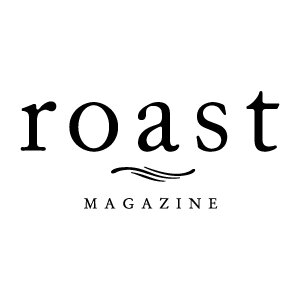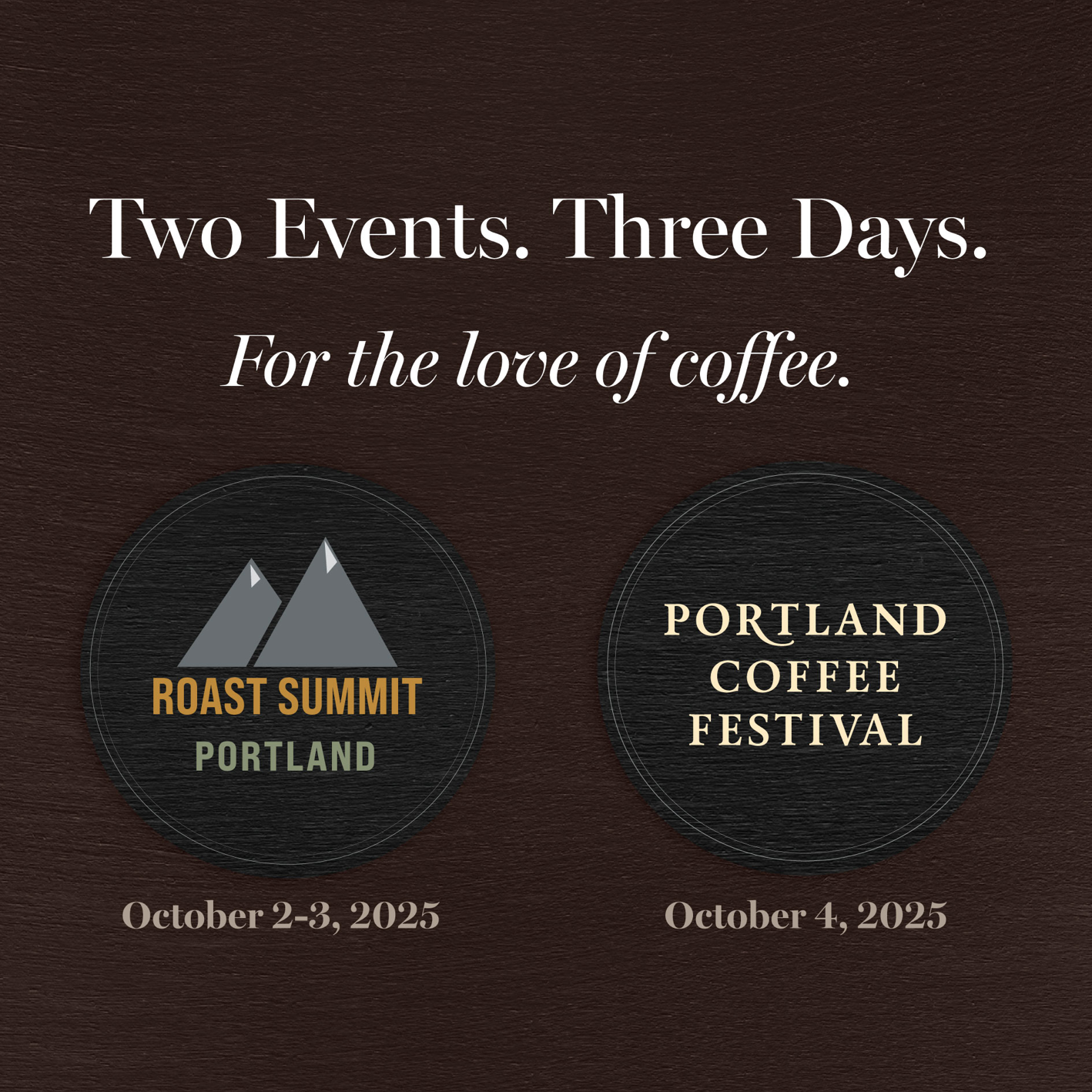Flavor Development: The Relationship Between Time and Color in Coffee Roasting
By Morten Münchow and Jesper Alstrup
Worldwide, consumer demand for high-quality coffee is surging. While total coffee consumption grows each year, the specialty coffee segment has undergone the largest share of growth. This increased demand is coupled with greater consumer awareness that the sensory experience of drinking coffee is a culmination of the many links and processes along the value chain. From plant genetics, terroir and processing methods to transportation, storage, roasting and brewing, as well as the social environment in which coffee is consumed, quality can be regarded as the overall sensory enjoyment of all these aspects combined.
In this article, we will focus on one of the main transformative processes in the value chain that impacts coffee quality: roasting. The magnitude of importance that some of the key roast control parameters have on the sensory properties of our resulting brew are critical to product differentiation in the global marketplace.
However, a systematic approach to roast modulation can fully guide us only if we support these experiments with an evidence-based approach to sensory evaluation. For this reason, we have decided to share our findings from an extensive, newly published research study we conducted with the help of the wider coffee community. The study focuses on the end color of a coffee after roasting to ensure consistency and quality when creating roast profiles.
Broadly speaking, the difference in roasting styles between commercial and specialty coffee offers a fascinating glimpse into how the roasting community is still a long way from reaching consensus on the significance of certain roasting control parameters and which factors have the biggest impact on flavor. Of course, how these parameters are configured for each roaster reflects that machine’s roast style—but knowing which variables to measure will allow for greater clarity in future research and education programs.
For example, much research has been done on the physical and chemical impacts of roast speed from high temperature short time (HTST) and low temperature long time (LTLT) experiments in the commercial coffee industry. On the other hand, specialty coffee roasters have put emphasis on the timing of the roast phases and an event during the roasting process known as “first crack.” First crack occurs when the accumulated pressure inside the bean causes it to expel steam, along with other volatile aromatic compounds, making an audible “crack” in the roasting machine. This step heralds the onset of a phase that we refer to as “development time.” This final phase can be considered as a measure of time that the coffee spends in the primary aroma-formation phase.
Advertisement










